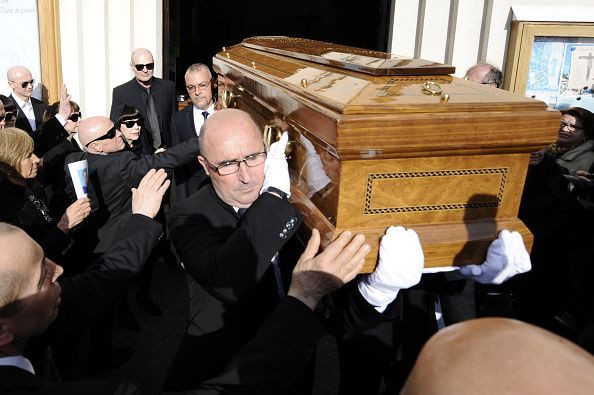What Makes A ‘Good Death,’ And How Patients And Family Members Think Differently About The End Of Life

The phrase “good death” may seem like an oxymoron — death is rarely a good experience for any party involved. The person doing the dying, friends, family, and even health professionals are impacted by the loss of life, so what qualifies one death as good and another bad? There are some obvious distinctions: For example, a very painful, sudden death falls safely on the bad side, while a 110-year-old passing away peacefully in her sleep might be the best death anyone could hope for.
Researchers at the University of California San Diego School of Medicine decided to take a more thorough approach, though, and found nearly a dozen core characteristics associated with dying well. The findings, published in the American Journal of Geriatric Psychiatry, combine 32 published, peer-reviewed reports of studies defining a “good death.” The researchers focused on three groups: patients, family members, and health care providers.
“This is the first time that data from all of the involved parties have been put together,” said Dr. Dilip Jeste, a professor of psychiatry and neuroscience and the director of the Sam and Rose Stein Institute for Research on Aging at University of California San Diego, in a statement. “Death is obviously a controversial topic. People don’t like to talk about it in detail, but we should. It’s important to speak honestly and transparently about what kind of death each of us would prefer.”
The team identified 11 important themes for a good death: preferences for a specific dying process, pain-free status, religiosity and spirituality, emotional well-being, life completion, treatment preferences, dignity, family, quality of life, relationship with the health care provider, and a grab bag category collecting other considerations. For all of the stakeholding groups, specific dying process, pain-free status, and emotional well-being were the most important themes.
The importance of the rest, however, varied between different groups. Patients tended to consider religiosity and spirituality more important than their family members did, for example. Family members, on the other hand, generally believed dignity was more significant. Health care providers often acted as the middle ground between patients and family members.
“Clinically, we often see a difference between what patients, family members, and health care providers value as most important near the end of life,” explained first author Dr. Emily Meier, a psychologist at Moores Cancer Center at UC San Diego Health. “Ultimately, existential and other psychosocial concerns may be prevalent among patients, and this serves as a reminder that we must ask about all facets of care that are essential at the end of life.”
Jeste summed up the study’s bottom line: “Just ask the patient.”
Usually, he said, patients know what they want and need, and talking about it can provide both control and relief.
“I hope these findings spur greater conversation across the spectrum. It may be possible to develop formal rating scales and protocols that will prompt greater discussion and better outcomes. You can make it possible to have a good death by talking about it sometime before.”
Source: Meier E, Gallegos J, Montross Thomas L, Depp C, Irwin S, Jeste D. defining a Good Death (Succesful Dying): Literature Review and a Call for Research and Public Dialogue. The American Journal of Geriatric Psychiatry. 2016.



























